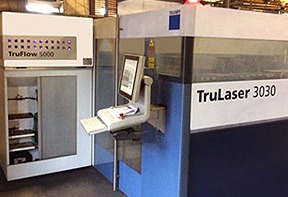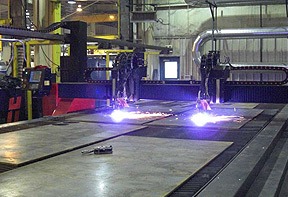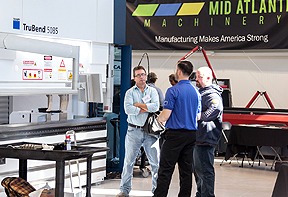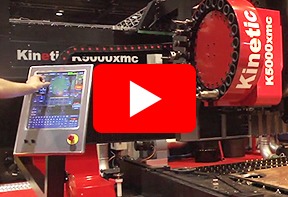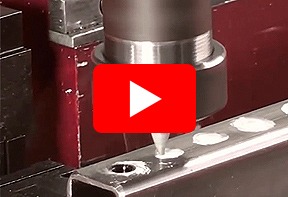5 Digital Strategies to Enhance Your CNC Plasma Cutting Efficiency
In today's fast-paced manufacturing landscape, the demand for precision and efficiency is more critical than ever, especially in industries that rely on CNC plasma cutting technology. According to a report by MarketsandMarkets, the global CNC plasma cutting machine market is projected to reach $5.42 billion by 2025, growing at a CAGR of 5.6% from 2020. This growth highlights the increasing reliance on CNC plasma as a pivotal tool for metal fabrication, where cutting speed and quality can significantly impact overall productivity.
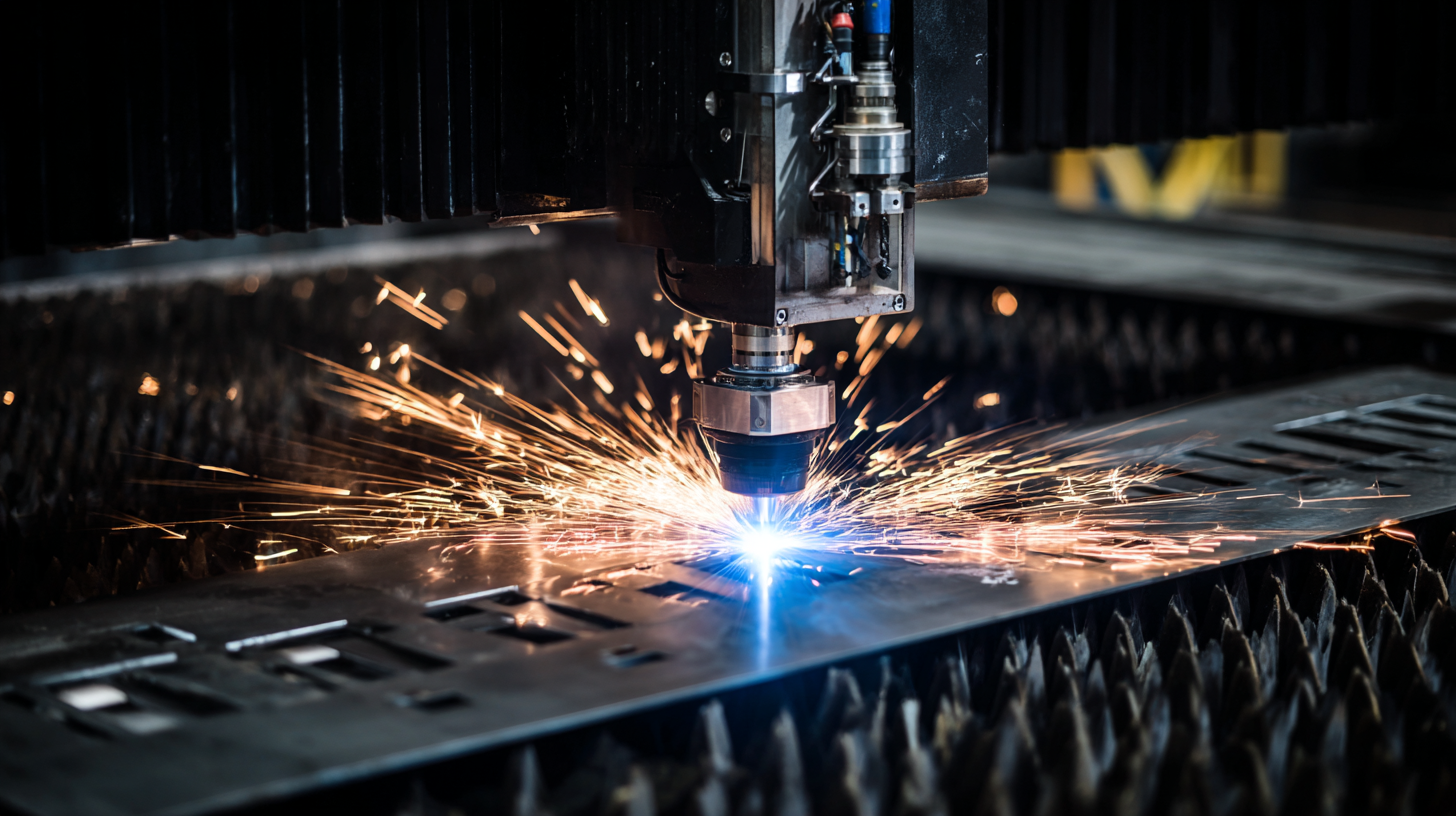
By implementing effective digital strategies, manufacturers can not only optimize operational workflows but also reduce waste and improve precision. In this blog, we will explore five actionable digital strategies designed to enhance your CNC plasma cutting efficiency, ensuring that your operations stay competitive in this rapidly evolving industry.
Maximizing Productivity with Automated CNC Plasma Cutting Techniques
In the rapidly evolving landscape of manufacturing, the integration of automated CNC plasma cutting techniques has become a game-changer for enhancing productivity. As companies seek to streamline their operations, the adoption of smart technologies such as advanced nesting software is on the rise. These programs optimize part programming by efficiently arranging cutting patterns, reducing waste, and maximizing the use of raw materials. The result is not just a reduction in production time but also significant cost savings, allowing businesses to remain competitive in a growing market.
Moreover, the projected growth of the plasma cutting machine market underscores the increasing reliance on automated solutions. With market size anticipated to escalate dramatically by 2032, it is clear that investments in technology will yield substantial returns. As manufacturers leverage these advancements, the efficiency of CNC plasma cutting systems will continue to improve, leading to higher throughput and enhanced operational capabilities. This evolution not only fuels growth in the industry but also leads to innovative applications in various sectors, from metal fabrication to specialized material processing.
Leveraging Real-Time Data Analytics for Optimal Cutting Performance
In the competitive landscape of CNC plasma cutting, leveraging real-time data analytics has emerged as a pivotal strategy for optimizing cutting performance. By implementing advanced data collection systems, manufacturers can monitor various operational parameters, such as cutting speed, temperature, and material density, in real-time. This continuous flow of information allows for immediate adjustments to be made, enhancing precision and reducing waste during the cutting process.
Moreover, integrating real-time analytics with predictive maintenance systems can significantly minimize downtime. By analyzing historical performance data, companies can anticipate equipment failures before they occur, paving the way for timely repairs and maintenance. This proactive approach not only increases the efficiency and lifespan of CNC plasma cutting machines but also ensures consistent output quality. Embracing these digital strategies equips manufacturers to stay ahead in the fast-evolving manufacturing sector, driving productivity and accuracy in their cutting operations.
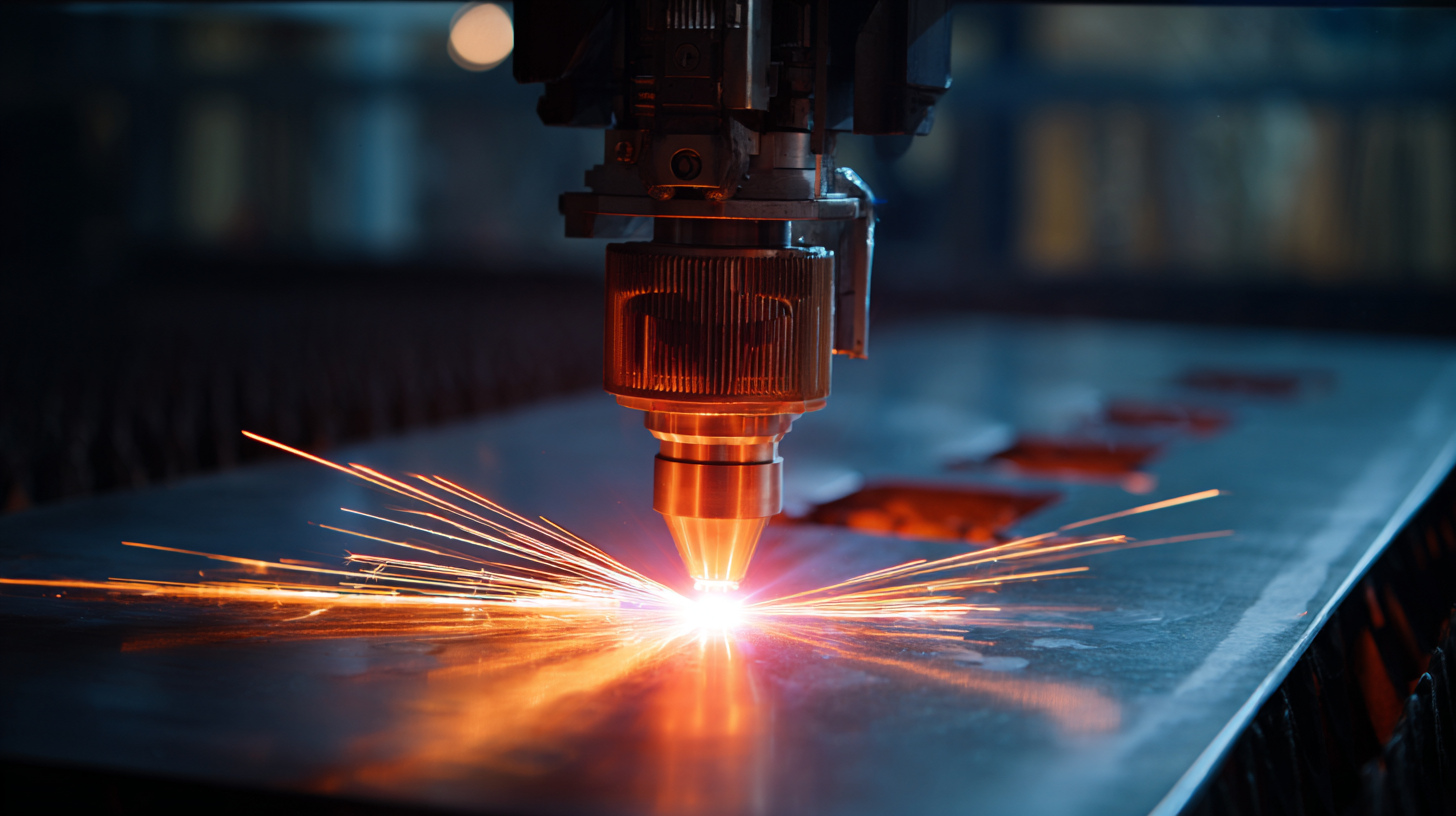
Integrating IoT Solutions for Increased Operational Efficiency in CNC Plasma Cutting
The integration of IoT solutions in CNC plasma cutting is revolutionizing the manufacturing landscape, driving operational efficiency like never before. By embedding connected sensors and data analytics into machinery, manufacturers can monitor performance metrics in real time. This enables them to identify inefficiencies quickly, schedule proactive maintenance, and reduce downtime, ultimately leading to a more streamlined production process.
Additionally, IoT integration allows for enhanced data collection, which can be analyzed to optimize cutting speeds, adjust power levels, and refine cutting patterns. With precise adjustments driven by data insights, manufacturers can not only improve the quality of their finished products but also significantly lower material waste. As industries strive for greater sustainability and productivity, the adoption of these technologies paves the way for a smarter, more efficient future in CNC plasma cutting operations.
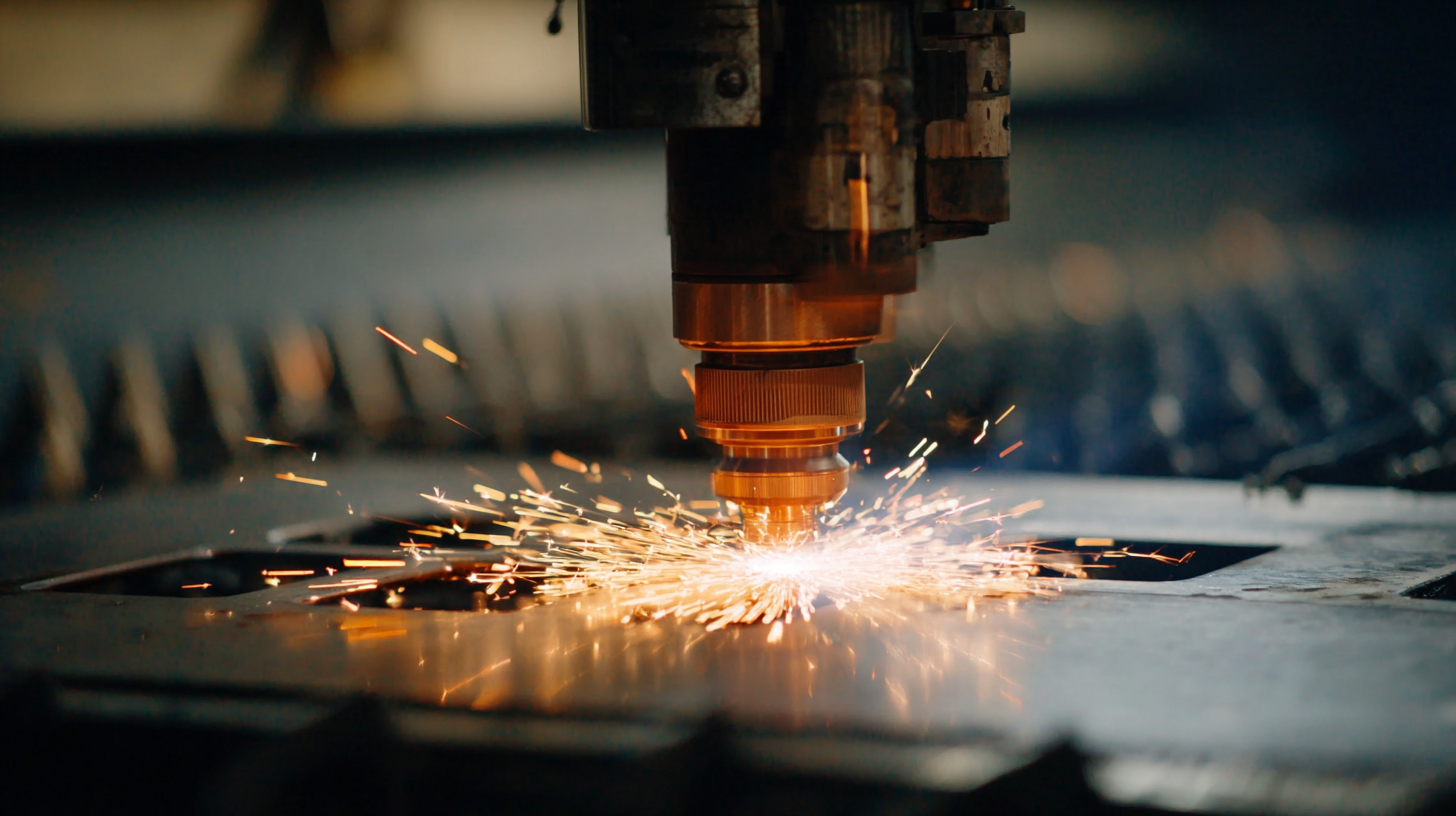
Implementing Predictive Maintenance Strategies to Reduce Downtime Costs
Predictive maintenance has emerged as a pivotal strategy for enhancing operational efficiency in CNC plasma cutting, significantly minimizing downtime costs. According to a report by McKinsey & Company, predictive maintenance can reduce machine downtime by up to 50%, leading to savings of approximately 10-20% in maintenance costs. This approach leverages data analytics to foresee potential equipment failures, enabling operators to act before disruptions occur, thus maximizing productivity and resource utilization.
Implementing predictive maintenance begins with sensor integration on CNC plasma cutting machines. These sensors collect real-time data on equipment performance, which can be analyzed to detect patterns that precede failures. By maintaining an optimal operational condition, companies can extend the lifespan of their machinery. Here’s a tip: regularly review analytics reports to pinpoint any recurring issues; this proactive approach helps in correlative assessment and early intervention.
Moreover, staff training is crucial for successful predictive maintenance. An informed team can easily align predictive insights with actual operational needs. Training sessions should focus on data interpretation and practical application of predictive analytics. Remember, fostering a culture of continuous improvement and knowledge sharing among your team can significantly impact downtime reduction and efficiency gains in CNC plasma cutting operations.
Efficiency of Predictive Maintenance Strategies in CNC Plasma Cutting
Enhancing Workflow Management through Advanced Software Solutions in Plasma Cutting Operations
The plasma cutting industry is on the brink of significant evolution, driven increasingly by advanced software solutions. These innovations are crucial for enhancing workflow management within plasma cutting operations. By integrating sophisticated software tools, businesses can streamline their processes, reduce errors, and improve overall productivity. Automation and real-time data analytics are playing pivotal roles in allowing operators to make informed decisions promptly, which translates into smoother workflows and reduced downtime.
As the global plasma cutting machine market is expected to grow substantially over the coming years, the emphasis on adopting advanced digital strategies becomes even more critical. Companies that leverage these technologies can accelerate their response times to production demands and navigate the complexities of operations with greater agility. Embracing these digital transformations not only enhances efficiency but positions manufacturers to gain a competitive edge in an increasingly crowded market. The potential for growth and innovation in this sector is not just promising; it is essential for future success.
Related Posts
-

Essential Checklist for Optimizing Your Fiber Laser Cutting Machine Performance
-

7 Digital Tips for Choosing the Perfect CNC Plasma Cutting Machine for Your Business
-

Ultimate Checklist for Choosing the Right CNC Press Brake for Your Business
-

Ultimate Guide to Choosing the Right Fiber Laser Cutter for Your Manufacturing Needs
-

Ultimate Guide to Waterjet Machine Comparison for Global Buyers
-
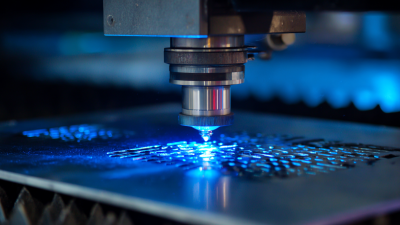
2025 Market Insights: The Rise of the Best Laser Machine in Precision Manufacturing





